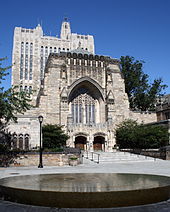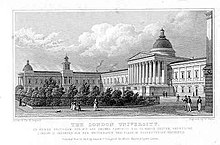International
The Faculty of Natural & Mathematical Sciences has extensive international links in both teaching and research, contributing to King's status as a world-class university.
Almost a third of the School's students come from overseas and our staff are also drawn from around the world.
This diversity contributes to our partnerships with international institutions, facilitating knowledge transfer and encouraging progressive research, with active collaborations and exchanges in all the Faculty's departments.
Worldwide links and collaborations
In addtion to King's strategic university partners, the research groups in Natural & Mathematical Sciences have many EU wide research projects and international collaborations, for details please see their pages.
We have mutual co-operation agreements with Tohoku University Graduate School of Science Japan in Telecommuncations, the National Research University of Information Technologies, Mechanics and Optics (ITMO) Russia in Physics and the Abdus Salam International Centre for Theoretical Physics (ICTP), Italy and a study agreement with Wuhan University School of Physics & Technology China in Physics.
Study Abroad
The King's College London Study Abroad Programme allows students who are currently studying for their degree at an overseas institution to spend either a semester or a full year at King's. It is is a fully integrated programme so students will attend the same classes and live in the same accomodation as any other King's student. With campuses right in the heart of London and with over 800 courses to choose from, including options in all levels of Mathematics, Informatics, Physics and Chemistry, students have the opportunity to gain new insights into their field of study by immersing themselves in an international community and a new academic context.
King's students at both undergraduate and postgraduate research level have the opportunity to study abroad with our international partners, on year abroad programmes or on an exchange for a semester or a year.
Undergraduate programmes with a year abroad include Physics and Philosophy with a year abroad and Computer Science with Management and a year abroad. For more information see the undergraduate prospectus.
International Science Foundation Programme
The International Science Foundation Programme (ISFP) is a full-time, one year programme for international students who have completed twelve years of schooling with excellent grades. It is delivered jointly by King's English Language Centre, the Faculty of Natural & Mathematical Sciences and King’s Faculty of Life Sciences & Medicine. The course provides a pathway into undergraduate degrees at King’s and other top UK universities for study in science-based subjects. It combines study in your chosen academic area with academic and Scientific English.
Joint PhDs
Research students can undertake a joint PhD with the University of Hong Kong or Humboldt University, Berlin, or take part in an exchange under local exchange agreements in some departments.


